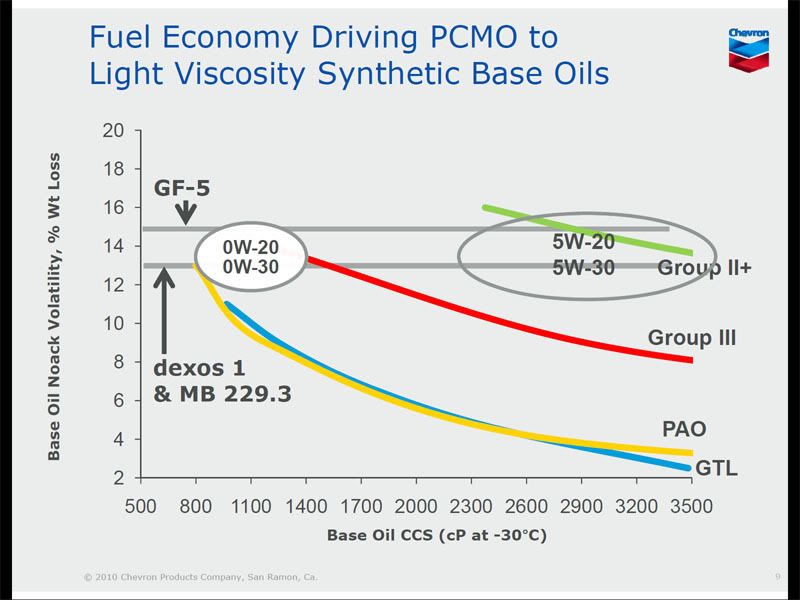Gokhan
Thread starter
Originally Posted By: Quattro Pete
Quote:
PS: How much a UOA with Wear Check costs? I see that they measure many more things than Blackstone. Do you think they are comparably reliable?
$24 if you want both TAN and TBN. Wearcheck uses the older ASTM TBN testing method, so in comparison to Blackstone, Wearcheck's TBN readings are typically slightly higher. Other than that, I think they're comparable, but as you noted, Wearcheck does provide more data... nitration, oxidation, etc. Added bonus with Wearcheck: you don't get comments such as "your TAN was fine at 5.1."

It sounds like a steal in comparison to Blackstone.

Quote:
PS: How much a UOA with Wear Check costs? I see that they measure many more things than Blackstone. Do you think they are comparably reliable?
$24 if you want both TAN and TBN. Wearcheck uses the older ASTM TBN testing method, so in comparison to Blackstone, Wearcheck's TBN readings are typically slightly higher. Other than that, I think they're comparable, but as you noted, Wearcheck does provide more data... nitration, oxidation, etc. Added bonus with Wearcheck: you don't get comments such as "your TAN was fine at 5.1."

It sounds like a steal in comparison to Blackstone.




